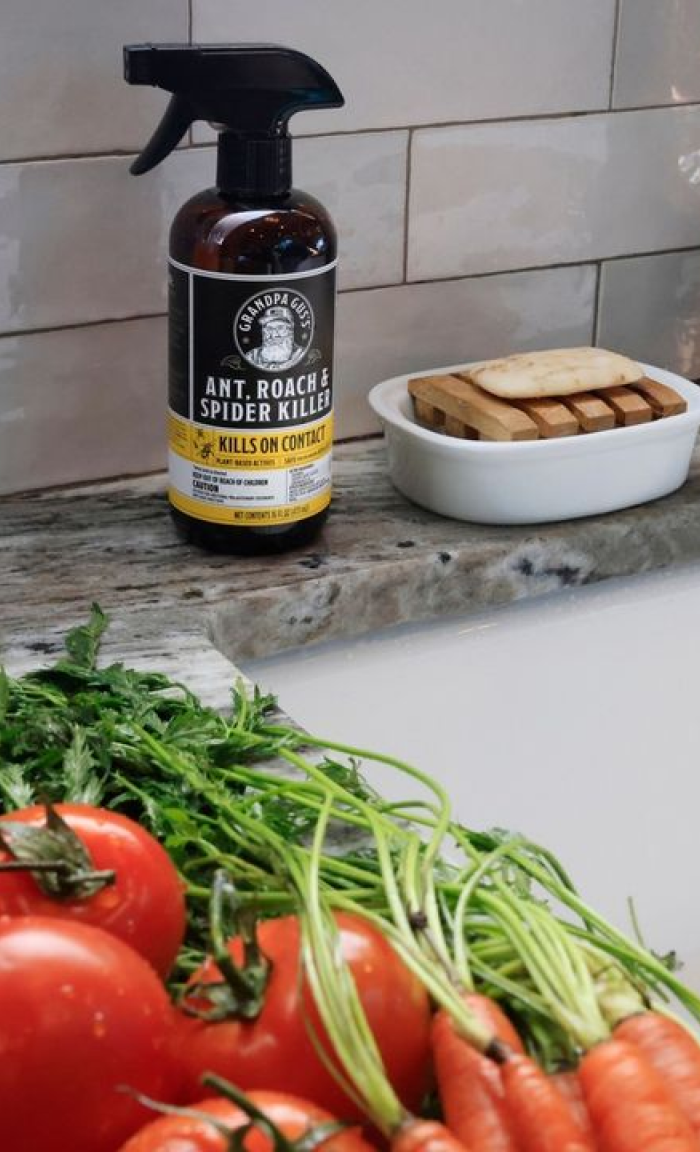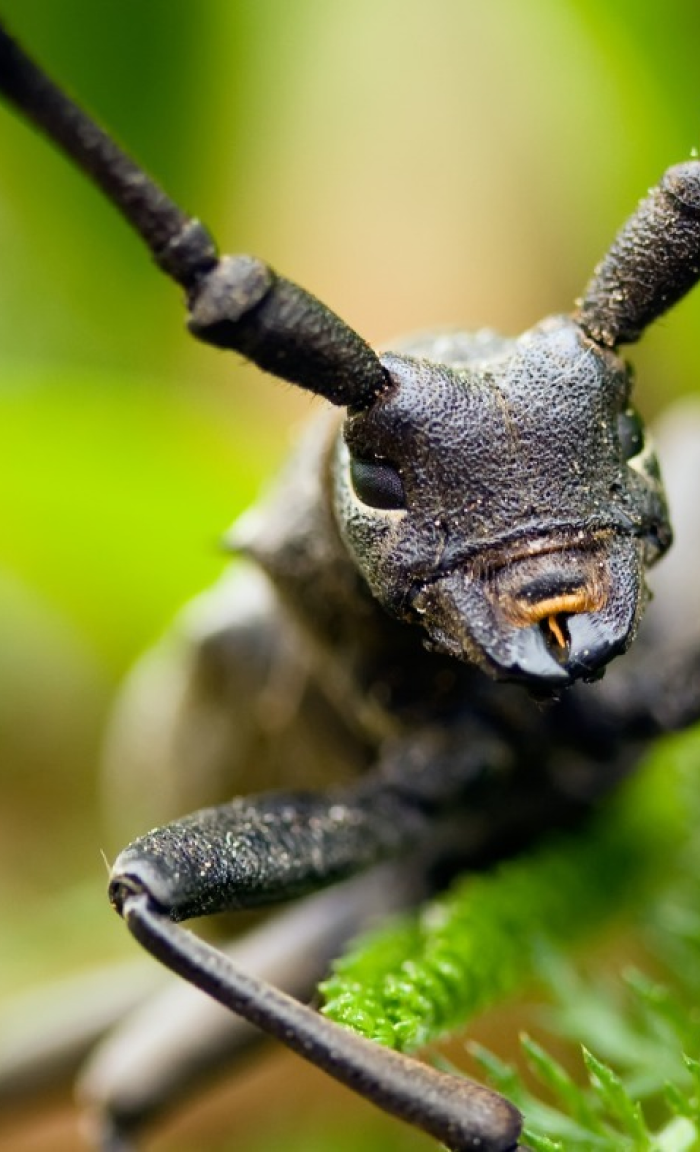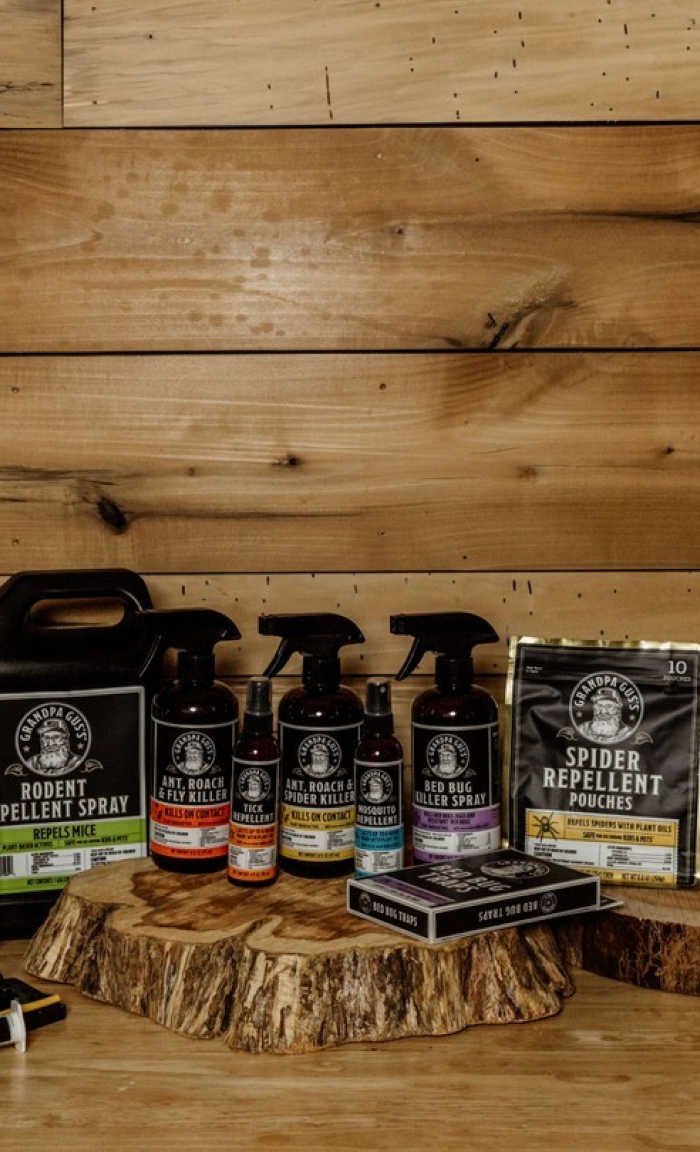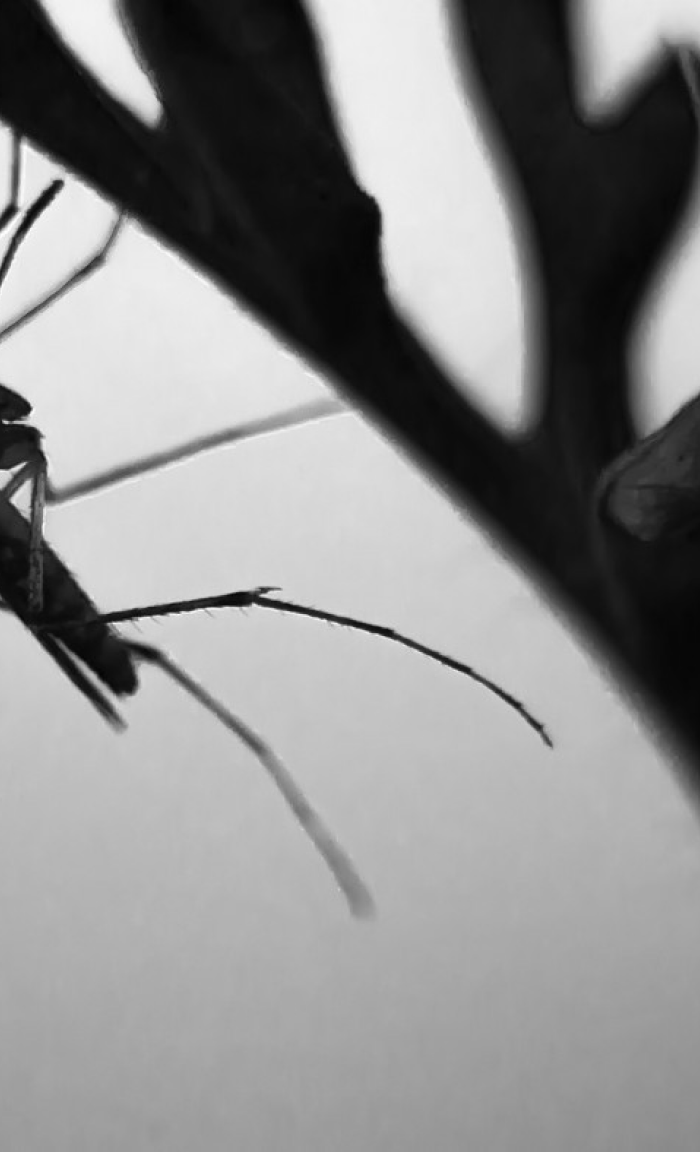Advanced Pest Killer Starter Pack
You may also like
Description
Grandpa Gus's Advanced Pest Killer Starter Pack includes:
- 2 x Advanced Pest Killer 4oz Concentrates (2 Pack)
- 1 x Advanced Pest Killer 32oz Empty Refillable Bottle
KILLS COMMON HOUSEHOLD INSECTS ON CONTACT! Grandpa Gus's® Advanced Pest Killer kills common household insects: ants, roaches, flies, spiders, fleas, ticks, mites, hornets, wasps, beetles, aphids.
YOUR FIRST LINE OF DEFENSE YEAR ROUND This spray will tackle insects at every stage of their lifecycle, from egg to adult. Whether you have spiders in the winter or wasps in the summer, this spray will get of rid of them.
ENVIRONMENTALLY FRIENDLY PACKAGING Grandpa Gus's® Advanced Pest Killer now comes in a 3.7oz concentrate to reduce your carbon footprint. When paired with our reusable 32oz empty bottle, every refill means much less plastic waste (when compared to our Ready-to-Use spray). Buy both the concentrate and empty bottle together with our Starter Pack.
PLANT-BASED ACTIVE INGREDIENTS The active essential oils Cottonseed and Clove oils have been effective at eliminating bugs for generations.
SAFE FOR USE AROUND KIDS AND PETS WHEN USED AS DIRECTED Our simple ingredients kill bugs naturally and are safe around children and pets when used as directed.
USE ANYWHERE INDOORS OR OUTDOORS Our plant-based active formula is non-staining and non-greasy with a light, fresh scent, so you can use it wherever needed without the risk of stains or unpleasant smells.
Product Details
Product Details
Directions for Use
Directions for Use
Return Policy
Return Policy














